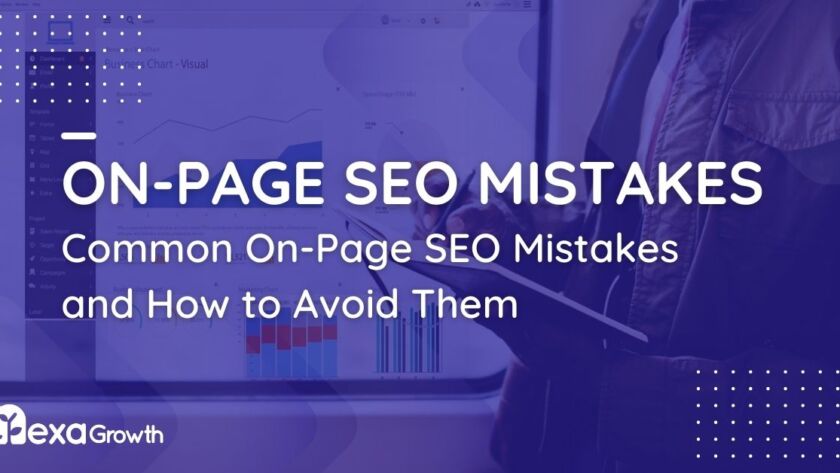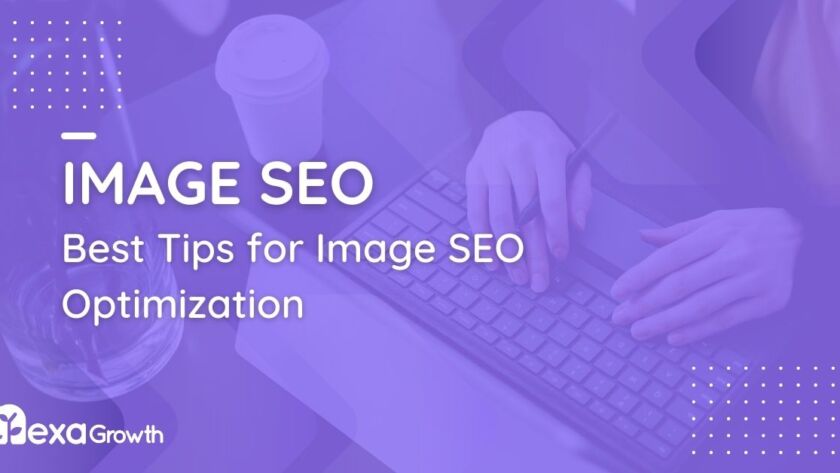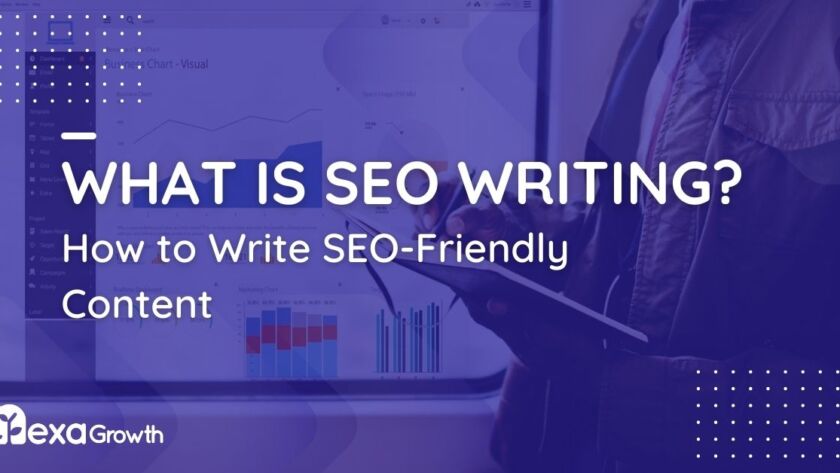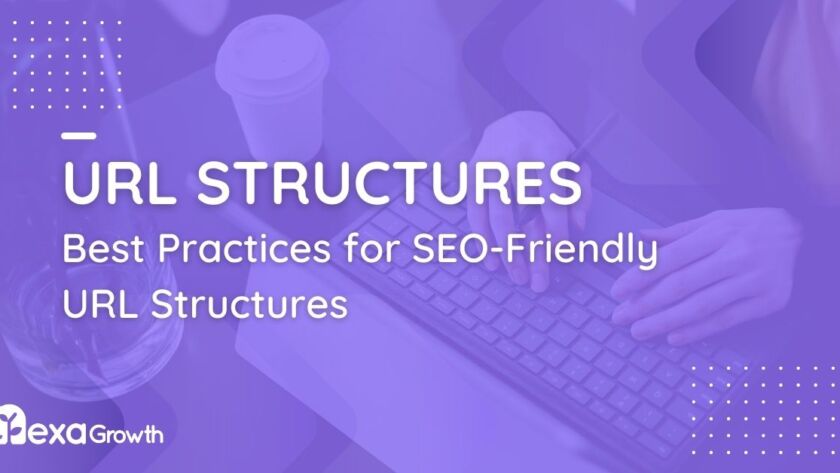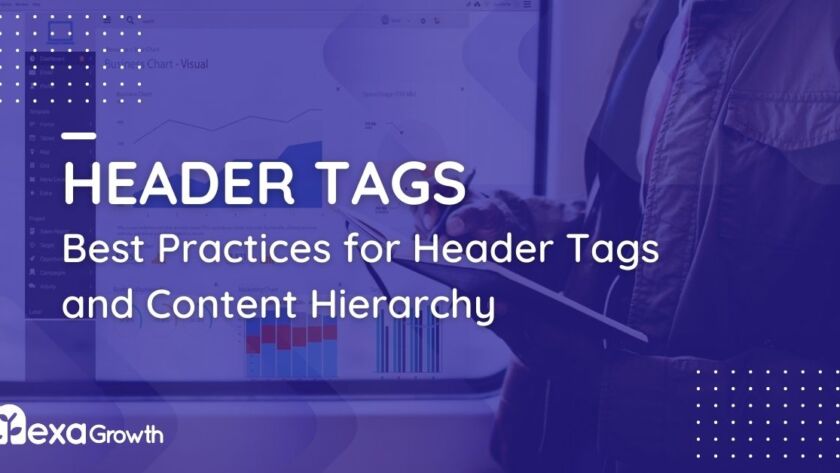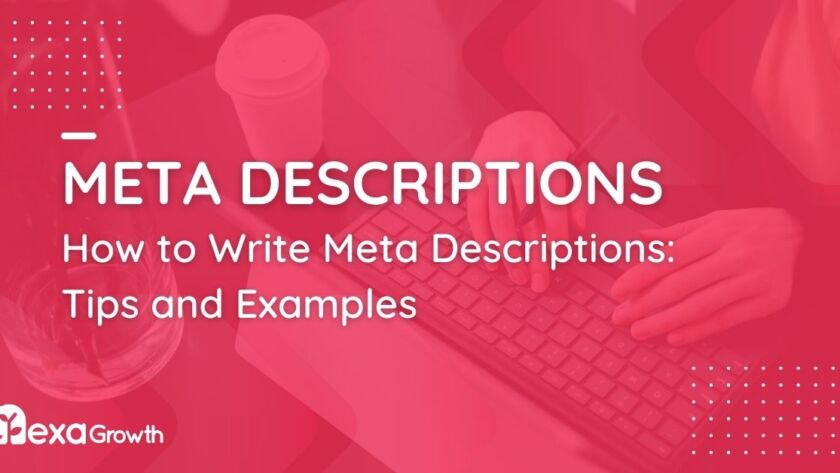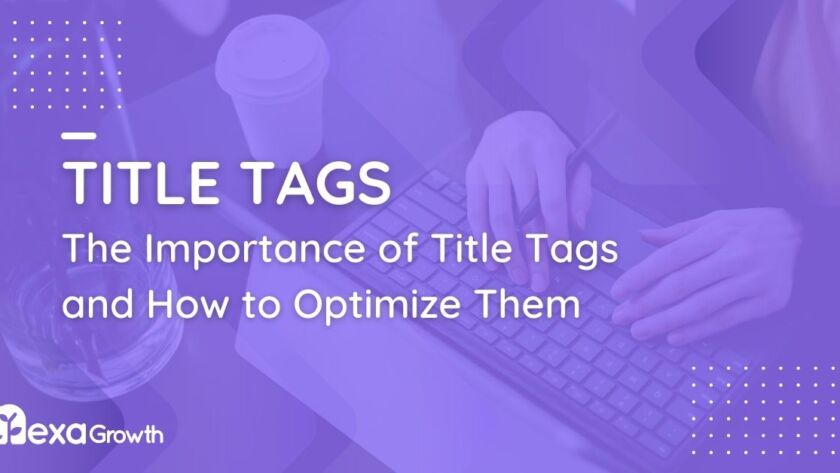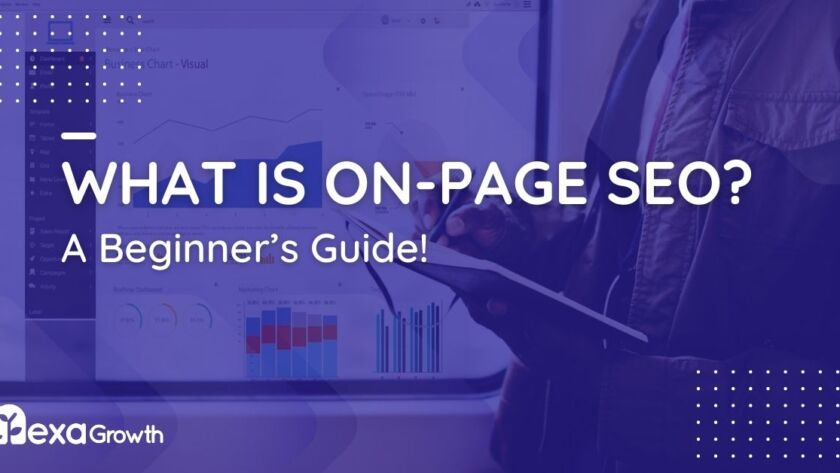📌 Key Takeaways
Common on-page SEO mistakes include poorly written or duplicate content, which can harm user experience and rankings.
Broken internal and external links can disrupt navigation and prevent search engine crawlers from properly indexing the site.
Improper use of heading tags, such as having multiple H1s or skipping…
